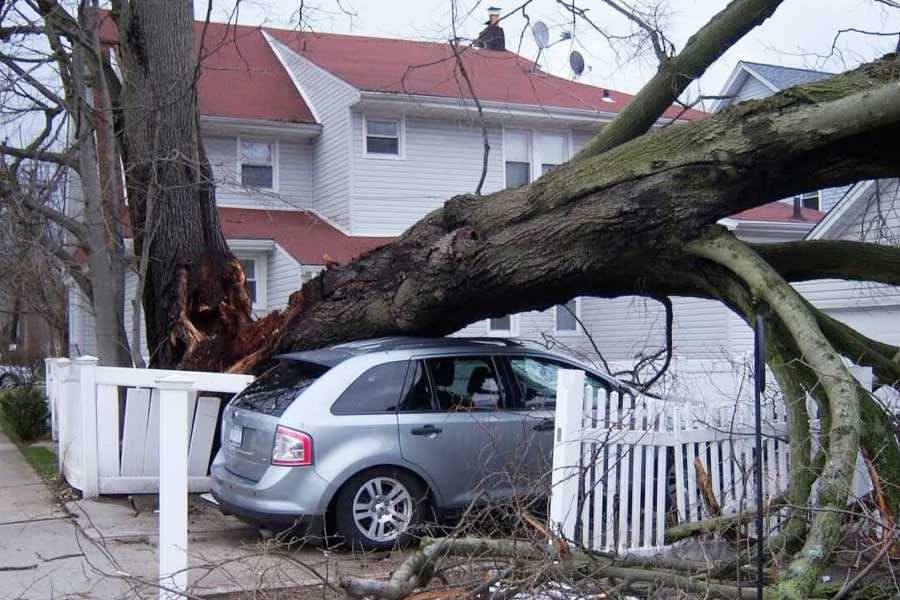Bad faith insurance practices refer to actions taken by insurance companies that involve dishonesty, deception, or unethical behavior when handling insurance claims. In Minnesota, insurance companies are legally required to act in good faith when dealing with their policyholders. This means they must act honestly, fairly, and promptly when handling claims.
Bad faith insurance practices can have significant negative consequences for policyholders and the insurance market as a whole. These practices can result in:
a. Delayed or denied claims that policyholders are entitled to receive, causing financial hardship for individuals and businesses.
b. Increased litigation, as policyholders may be forced to take legal action to obtain the benefits they deserve.
c. Damage to the reputation of the insurance industry, leading to reduced public trust.
d. Potential regulatory penalties for insurance companies found to be engaging in bad faith practices.
Some common examples of bad faith insurance practices in Minnesota include:
a. Unreasonable delays in processing claims without proper justification.
b. Denying claims without conducting a thorough and fair investigation.
c. Offering unreasonably low settlement amounts, well below what the policyholder is entitled to.
d. Failing to provide clear and accurate information to policyholders about their coverage and claim process.
Minnesota has specific regulations and laws in place to protect policyholders from bad faith insurance practices. Insurance companies operating in the state are required to adhere to these laws, and the Minnesota Department of Commerce oversees insurance regulations and consumer protection.
To build a viable case against your insurance company when you are facing bad faith insurance practices, it’s vital to gather and safeguard key documents. Start by retaining a copy of your insurance policy – this lays out your coverage terms and entitlements. Keep records of all interactions with the insurance company, including emails, letters, and phone notes. For your claim, maintain records such as the initial submission, supporting documents, and insurer responses, encompassing photos, medical bills, and repair estimates. Document your financial losses with proof of lost wages and expense receipts. Gather witness statements if available, as they can be valuable support. Create a timeline of the claim’s events, from the incident to claim submission, to track any undue delays.
If you were wronged by your insurance company, don’t hesitate to reach out to us to get an evaluation of your claim.
Insurance Adjuster,Unfair practices,insurance industry
insurance, faith, claim, insurer, confession, companies, case, law, coverage, baptist, claims, baptists, policyholder, confessions, damages, practices, injury, office, phone, health, accident, time, state, agreement, duty, reason, example, contract, request, policyholders, attorney, churches, document, cases, lawyers, tactics, provider, amount, compensation, practice
bad faith, bad faith insurance, insurance companies, good faith, baptist faith, bad faith claim, valid claim, insurance provider, london confession, personal injury lawyers, medical director, particular baptists, punitive damages, third party, bad faith practices, car accident, legal action, at-fault driver, insurance claim, harden law, free consultation, insurance agreement, original sin, baptist churches, great awakening, new hampshire confession, faith insurance practices, valid claims, reasonable explanation, health care coverage, united states, insurance agent, clear explanation, baptist confessions, insurance contract, bad faith claims, bad faith tactics, free case evaluation, colorado springs, fair dealing
bad faith, insurance company, insurance, insurer, policyholder, insurance claim, faqs, personal injury, lawyers, payment, damages, lawsuit, attorney, faith, compensation, company, duty of good faith, insurance bad faith, first-party
good faith, damages, insurance bad faith, liability insurance, third-party insurance, compensatory, tort, common-law tort, compensatory damages, duty of good faith, no-fault, negligent, liability, insurance, cause of action, misrepresented, contract, suit, federal law, non-economic damages, indemnify, sues, auto insurance
how to prove bad faith insurance, bad faith insurance claim settlement amounts, what are the elements of a bad faith claim, bad faith insurance companies list, examples of bad faith insurance claims, bad faith insurance attorney, how long does a bad faith lawsuit take, bad faith insurance lawsuit





